The Anti-Violence Project‘s new anti-bullying ads feature a diverse cast of different races, body types and individual styles (hair, makeup, clothes, etc.). They ask, “Why would you bully me?” and conclude with “Bullying hurts. Bullying abuses. Bullying kills. Bullying is violence.” The individual styles and voices of some of the actors seem to imply that they’re LGBT, but the ad never specially mentions LGBTs. Does that automatically render them useless in the fight to protect queer youth like Jamey Rodemeyer and the kids in the Anoka-Hennepin school district? Or will presenting “queer-looking people” get these ads into homophobic schools that would otherwise reject them if they did specifically mention LGBT youth?
The Bilerico Project‘s Bil Browning makes his case:
We got washed right out of the PSA campaign. We’re nonexistent in the ads.
While there are people pictured that you can assume are queer, it just perpetuates the stereotypes that you can usually “tell” who’s gay or who’s not – a common excuse for bullying based on perceived sexual orientation. The press release touts that the PSAs “feature a varied demographic of people” and that’s an admirable goal, but did the drive to showcase diversity undercut the goal of talking about anti-LGBT bullying? Did it water the point down so far that it’s meaningless?
We’ve chided the San Francisco Giants’ “It Gets Better” ad for not doing more to explicitly mention lesbian, gay, bisexual, and transgender youth. But could seeing LGBT characters potentially be more effective than just hearing them be mentioned? The lack of a specific mention automatically render such ads completely powerless in helping LGBT kids. As we said, leaving out any mention of LGBT youth might ultimately get these ads into to homophobic schools and silence parents who might otherwise object if they hear any queer words at all.
Because the The Anti-Violence Project’s campaign features young adults that look like 20-somethings rather than obviously adolescent or middle-school aged children, it seemingly seeks to address bullying everywhere—in the streets, offices, and bars—not just in schools. And while a potentially bully might just see the array of faces and consider which ones deserve a beating the most, perhaps the bullies aren’t the intended target (despite the direct address of “Why would you bully me?”). Perhaps the ad intends to humanize bullying victims to those who would normally stand by or cheer a bully on.
How about we take this to the next level?
Our newsletter is like a refreshing cocktail (or mocktail) of LGBTQ+ entertainment and pop culture, served up with a side of eye-candy.
Hmmm…


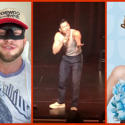
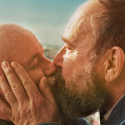
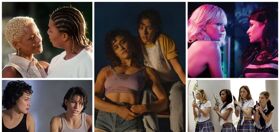
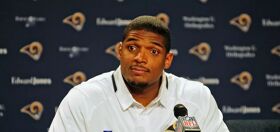

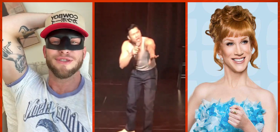

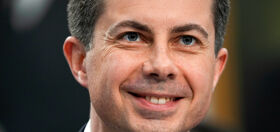
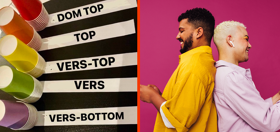

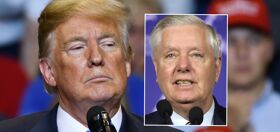
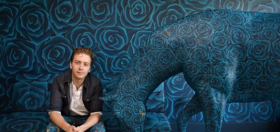


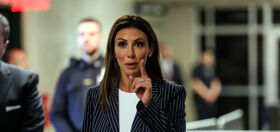

Little Kiwi
I don’t see why one WOULDN’T mention LGBT people in anti-bullying ads.
i mean, you have to get to the root of bullying, right? you have to honesty and with a clear eye address who is being bullied and WHY.
when doing that it therefore becomes ridiculous to question whether or not “LGBT” should be mentioned when the sheer facts point toward a reality that being LGBT, or being “assumed” LGBT (via perceived gender-nonconformity in something as minute as a boy who takes dance or a girl who plays hockey, to something more visible like a form of gender-expression in manner and/or appearance)
you don’t bully someone because of their ethnicity. their income. their religion. their gender. their gender expression. their orientation. their “perceived” orientation.
yes, ALL bullying is wrong. however there are specific things that for too-long have put targets on the back of children who are “identified” under certain Social/Cultural Prejudices.
that’s why it’s important to call them out.
that said, its fucking moot when the reality is that most of these bully kids can look to the high-ranking politicians in their country and see the exact same fucking bigotry not only reflected, but CHAMPIONED.
yeah. tell a kid not to bully someone because they’re gay. then your average GOP Senator opens their mouth and justifies the hatred the kid has already been taught.
trickle-down bigotry, boys and girls.
JIm Morrison
The very use of the term “bullying” is problematic, in my opinion. As is attacks, violence, crimes against people based on their sexual orientation (or perceived) is the same thing as taking someone’s lunch money or making fun of the smart kid in the chess club. Words matter. The use of “bullying” has served as a subtle way to diminish the the gravity of the problem in a hetero world. So, I’m liking the stark equating of BULLYING and VIOLENCE…. but we need to move away from the term “bullying” altogether. Calling black kids, e.g., that get attacked, harassed, injured, killed by others because of their race “bullied” shocks the conscience. LGBT kids are no different. And THAT’s the message we desperately need to drive home.
JIm Morrison
*As in
JIm Morrison
@Little Kiwi: exactly
tallest
holy hell that was the whiniest thing I’ve ever seen. There is no sense trying to reason with bullies. The only way to handle them is to punch them in the mouth as hard as you can.
And gays don’t have to be directly mentioned in every PSA. They didn’t mention any of the other causes of bullying so why mention queers?
the crustybastard
Its like a bra company that only uses male models.
Don’t worry, ladies — you’re implied.
Toiya
When did bullying become just a gay issue? Whether your gay, straight, black or white, ALL bullying is WRONG-PERIOD!!!
Bullying is not just a gay issue. Many kids are bullied and they are not gay. Come on people, wake up!!!!!
Carson
The guy at 0:27 played a gay character in the heavily-gay series of movies “Eating Out.” He was in the most recent one: “Eating Out: Drama Camp.” I’m not saying that him being in the video makes the ad worthwhile, but it’s better.
TS
What about the gay bullies? Can they make an ad addressing gay bullies in gay bars? Or pushy bottoms? Pushy bottoms just kill it.